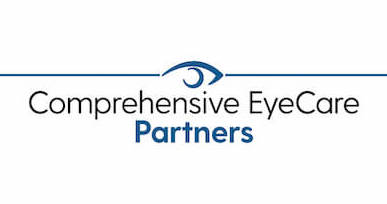 Because diabetes is one of the most common health conditions affecting Americans today, the American Academy of Ophthalmology has designated November as “Diabetic Eye Disease Awareness Month.” This designation aims to bring attention to the impact that diabetes can have on eye health and clear vision.
Because diabetes is one of the most common health conditions affecting Americans today, the American Academy of Ophthalmology has designated November as “Diabetic Eye Disease Awareness Month.” This designation aims to bring attention to the impact that diabetes can have on eye health and clear vision.
To increase your awareness of diabetic eye diseases, keep reading to learn more about Diabetic Eye Disease Awareness Month and how these conditions can affect people with diabetes!
What is Diabetic Eye Disease?
Diabetic eye disease is a group of eye conditions that affect people with diabetes. If left untreated, diabetic eye disease can lead to permanent visual impairment or blindness.
The most common eye diseases are diabetic retinopathy, diabetic macular edema, cataracts, and glaucoma.
Diabetic Retinopathy
Diabetic retinopathy occurs when high blood sugar levels damage the retina, the structure in the eye responsible for detecting light and sending visual signals to the brain.
High blood sugar levels can cause changes to the tiny blood vessels connected to the retina. These blood vessels can become blocked and start leaking.
In response to the blocked blood vessels, the eye can grow new but abnormal replacement vessels. These vessels are weaker and more prone to bleeding or leaking.
The symptoms of diabetic retinopathy include blurred or distorted vision, the presence of floaters, difficulty seeing in low-light conditions, and dark or empty areas in vision.
Diabetic Macular Edema
Often, diabetic retinopathy causes another diabetic eye disease: macular edema. Macular edema occurs when leaking blood vessels cause the macula to swell.
The macula is an important part of the retina. It is responsible for central vision, color vision, and visual acuity.
The signs of diabetic macular edema are blurry or wavy vision, differences in visual perception from one eye to the other, reduced color perception, and increased sensitivity to bright lights and glare.
Cataracts
People with diabetes are more likely to develop cataracts at an earlier age. Cataracts occur when clumps of flaked-off proteins collect on the inside of the lens of the eye, obscuring clear vision.
High blood sugar levels increase the risk of cataracts among individuals with diabetes. Over time, unmanaged blood sugar can cause structural changes in the eyes that speed up the development of cataracts.
The symptoms of cataracts include cloudy vision, double vision, seeing halos around lights, sensitivity to glare, and night blindness.
Glaucoma
Glaucoma occurs when the eye does not drain properly, increasing intraocular pressure, which can lead to optic nerve damage.
People with diabetes are susceptible to developing glaucoma because high blood sugar levels can cause the growth of abnormal blood vessels that block the eye’s drainage channels. They are also more likely to have higher-than-average levels of intraocular pressure.
As glaucoma progresses, it can cause blind spots in peripheral vision and tunnel vision. The visual impairment caused by glaucoma is not reversible and can lead to complete vision loss.
If you have diabetes, Diabetic Eye Disease Awareness Month is a chance to learn more about the causes and symptoms of these serious eye diseases. Increased awareness can lead to earlier diagnosis and treatment options, which can prevent diabetes from harming your eyes and impairing your vision.
If you think a diabetic eye disease might affect your clear vision, schedule an appointment at Shepherd Eye Center in one of our five locations in Las Vegas or Henderson, NV, today!


